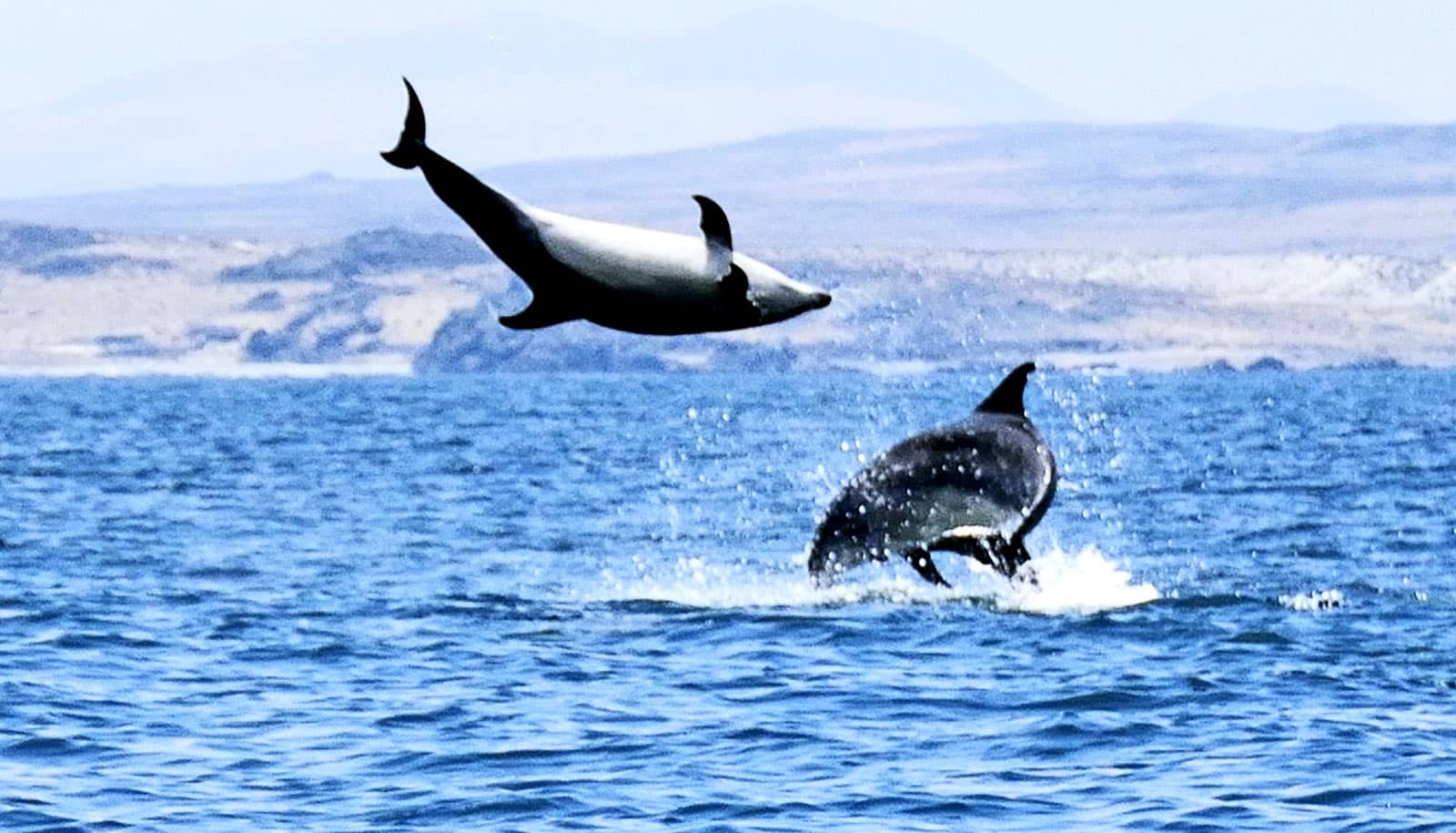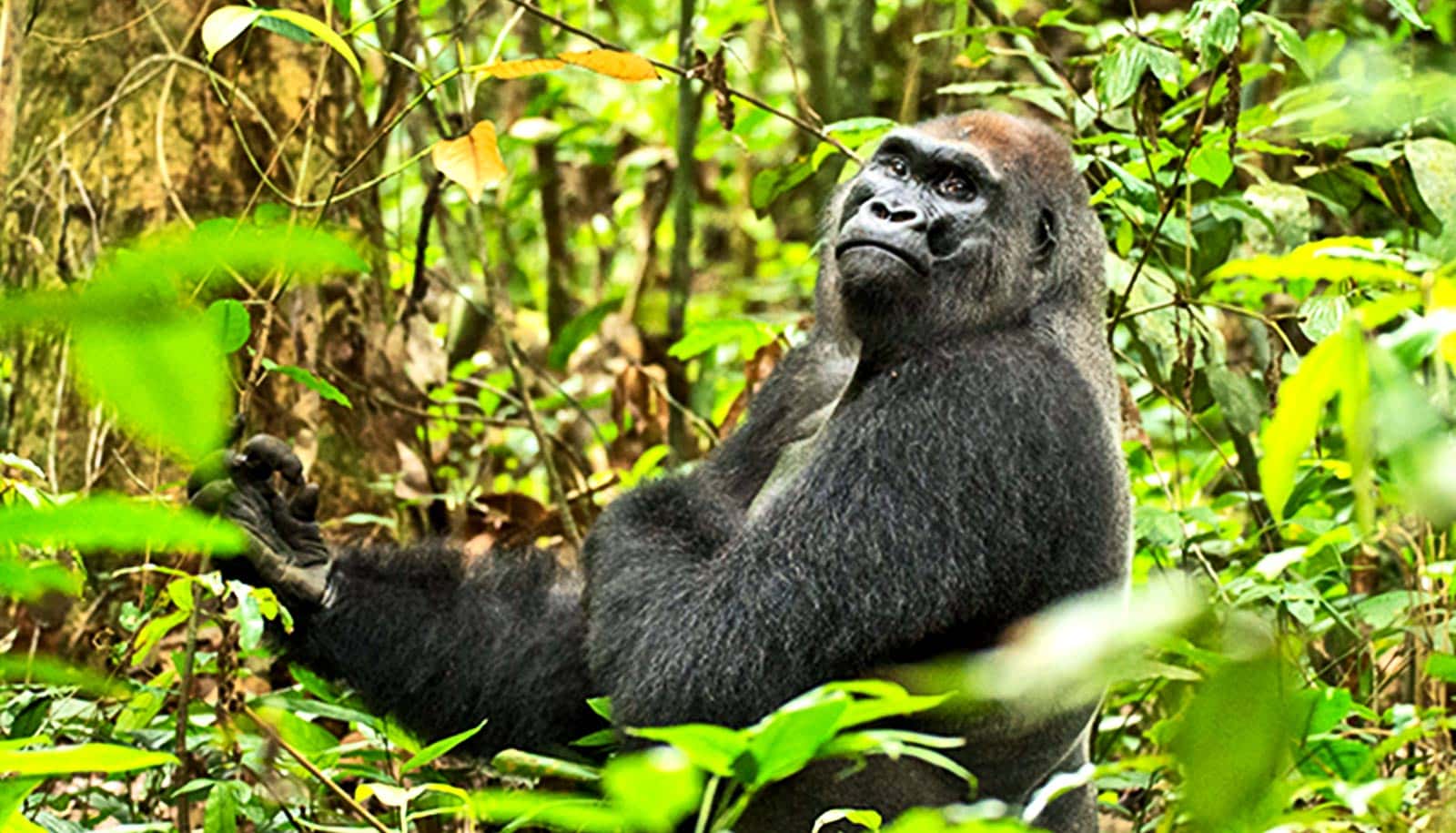Wild bottlenose dolphins devote time early in life to making friend connections that could give them an edge later on, a new study shows.
Researchers report that dolphins under age 10 seek out peers and activities that could help them forge bonds and build skills they’ll need in adulthood.
The team analyzed nearly 30 years’ worth of records for more than 1,700 wild bottlenose dolphins in Shark Bay in Western Australia. Since the 1980s, researchers have taken boats out into this remote bay, noting things like the sex, age, and behavior of any dolphins they encountered.
For the study in Behavioral Ecology, the team focused on data collected on youngsters from weaning to age 10, looking at who they hung out with and how they spent their time when no adults were around.
Around 3 or 4 years old, dolphins leave the protection of their mothers to venture off on their own, living in ever-changing groups that come together, split up, and come together again in different combinations.
The study reveals that, even though young dolphins flit from group to group as often as every 10 minutes throughout the day, they tend to spend more time with a few close friends.
These companions aren’t just friends because they share the same areas of water and bump into each other more often, the research shows.
“These relationships reflect true preferences,” says first author Allison Galezo, a biology PhD student in the lab of professor Susan Alberts at Duke University.
Males prefer to hang out with other males; females with other females. But the researchers observed that males and females tend to interact in different ways.
Males were more likely than females to spend their time together resting or engaged in friendly physical contact: rubbing flippers, swimming close together, and mirroring each other’s movements. Females, on the other hand, socialized less often, and instead spent twice as much time as their male counterparts foraging for fish.
These differences suggest that upcoming demands of adulthood may shape the social lives of young dolphins, Galezo says.
For adult males, having other males in their corner is key to have a chance at passing on their genes. In Shark Bay, groups of two to three male dolphins often join forces to get fertile females alone with them and coerce them to mate.
By the time they grow up, males will need to have enough social savvy to build and maintain strong alliances, or lose out on their chance to mate.
Being a successful adult female, on the other hand, means caring for calves that aren’t weaned until they’re at least 3 years old. Nursing moms need more calories, and so young females may spend more time foraging to practice skills they’ll need later on, before the full realities of motherhood set in.
“The juvenile period can be an opportunity to develop social skills that will be important in adulthood, without the high-stakes risks that go with sexual maturity,” Galezo says.
The National Science Foundation and Georgetown University supported the work.
Source: Duke University



